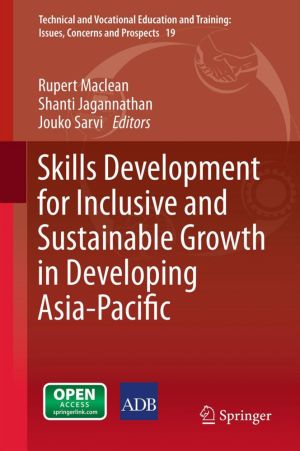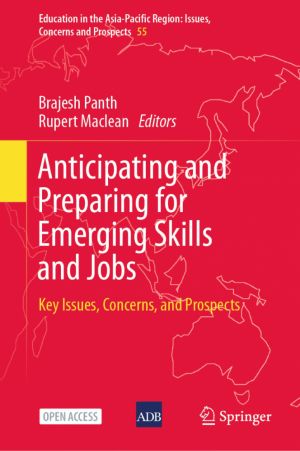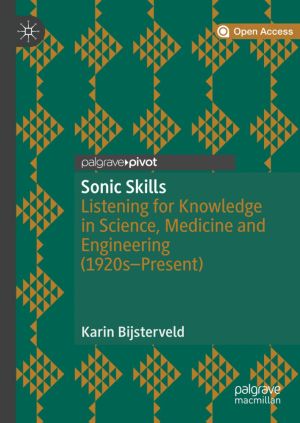Sonic Skills
Listening for Knowledge in Science, Medicine and Engineering (1920s-Present)
by Karin Bijsterveld
DescriptionDetailsHashtagsReport an issue
Karin Bijsterveld is historian and professor of Science, Technology and Modern Culture at Maastricht University, The Netherlands. 






Book Description
It is common for us today to associate the practice of science primarily with the act of seeing—with staring at computer screens, analyzing graphs, and presenting images. We may notice that physicians use stethoscopes to listen for disease, that biologists tune into sound recordings to understand birds, or that engineers have created Geiger tellers warning us for radiation through sound. But in the sciences overall, we think, seeing is believing. This book explains why, indeed, listening for knowledge plays an ambiguous, if fascinating, role in the sciences. For what purposes have scientists, engineers and physicians listened to the objects of their interest? How did they listen exactly? And why has listening often been contested as a legitimate form of access to scientific knowledge? This concise monograph combines historical and ethnographic evidence about the practices of listening on shop floors, in laboratories, field stations, hospitals, and conference halls, between the 1920s and today. It shows how scientists have used sonic skills—skills required for making, recording, storing, retrieving, and listening to sound—in ensembles: sets of instruments and techniques for particular situations of knowledge making. Yet rather than pleading for the emancipation of hearing at the expense of seeing, this essay investigates when, how, and under which conditions the ear has contributed to science dynamics, either in tandem with or without the eye.Karin Bijsterveld is historian and professor of Science, Technology and Modern Culture at Maastricht University, The Netherlands.
This open book is licensed under a Creative Commons License (CC BY-NC). You can download Sonic Skills ebook for free in PDF format (2.4 MB).
Book Details
Title
Sonic Skills
Subject
Engineering and Technology
Publisher
Palgrave Macmillan
Published
2019
Pages
178
Edition
1
Language
English
ISBN13
9781137598318
ISBN10
113759831X
ISBN13 Digital
9781137598295
ISBN10 Digital
1137598298
PDF Size
2.4 MB
License

Related Books

This book illustrates a new type of formative intervention for in-service teacher training in entrepreneurship education. The book describes a Change Laboratory and shows how teachers and workshop assistants develop the idea of a multidisciplinary project entailing the design of a self-service and parking lot in a dismissed area close to the city c...

Focusing on the Asia-Pacific region, which in recent years has been the engine of global economic growth , this volume surveys trends and prospects in technical and vocational education and training (TVET) with particular reference to achieving inclusive growth and the greening of economies. Underlying the increasing pressure for new models of TV...

This open book analyzes the main drivers that are influencing the dramatic evolution of work in Asia and the Pacific and identifies the implications for education and training in the region. It also assesses how education and training philosophies, curricula, and pedagogy can be reshaped to produce workers with the skills required to meet the emerg...

This book is open access under a CC-BY license. This open access volume presents papers on vocational education, project-based learning and science didactic approaches, illustrating with sample cases, and with a special focus on Central Asian states. Thematically embedded in the area of Technical Vocational Education and Training (TVET), the book e...

This book presents an overview of the main research findings and case studies concerning education and skills for inclusive growth, green jobs and the greening of economies. Focusing on India, Indonesia, Sri Lanka and Viet Nam, it discusses government and business sector responses to these issues and how Technical and Vocational Education and Train...

This book offers a comparative study of eight ambitious national reforms that sought to create opportunities for students to gain the necessary breath of skills to thrive in a rapidly changing world. It examines how national governments transform education systems to provide students opportunities to develop such skills. It analyses comprehensive e...

